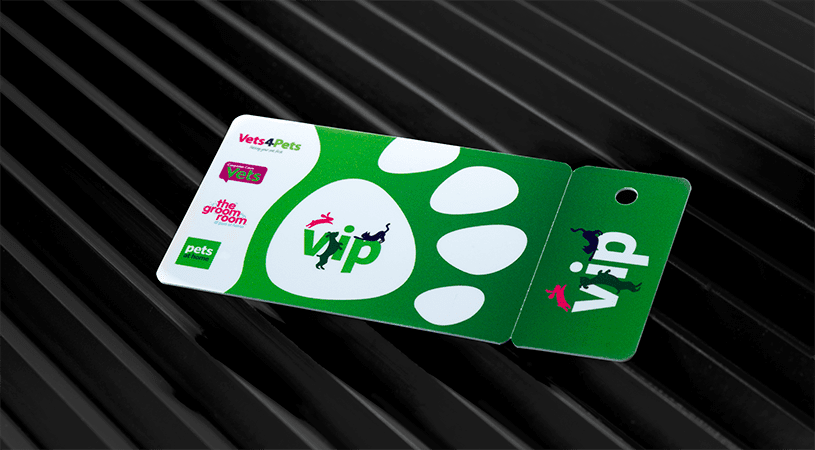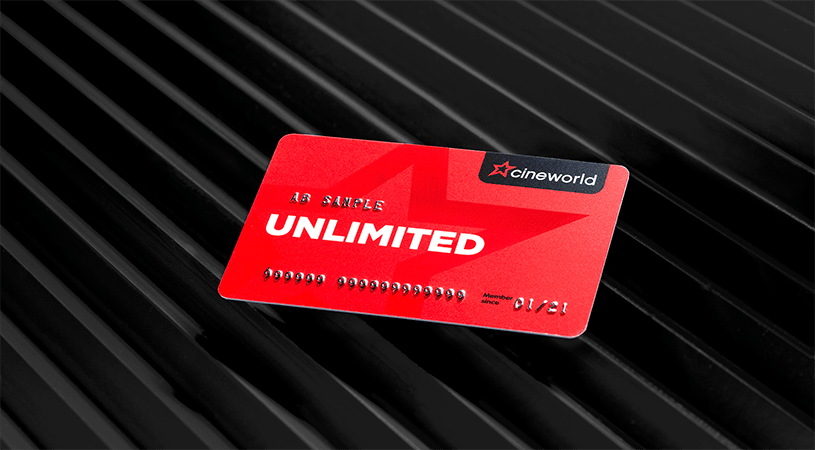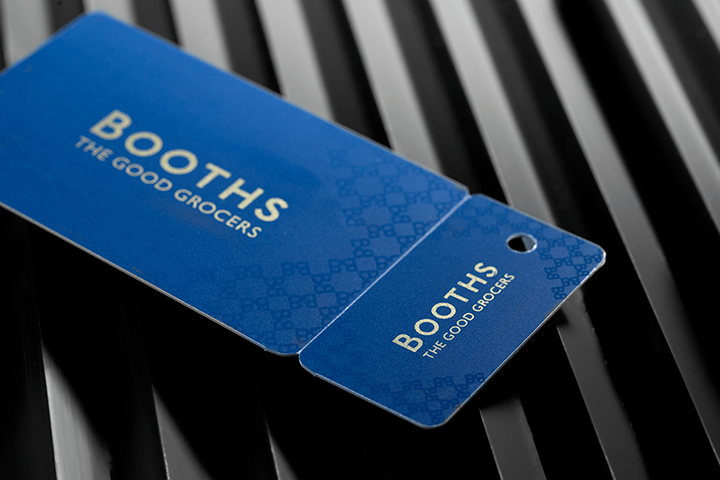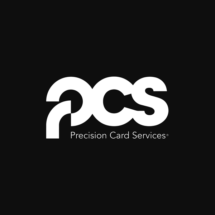The design and development of a plastic card is a somewhat efficient and yet incredibly important process, but if you are looking to use plastic cards within your business, for whatever reason, it’s crucial that you have them tailored to meet exactly what your business is looking for. There are a number of different ways that you can tailor your plastic cards, but if you are looking to add information to the surface of your card then you may choose to emboss it.
The process of embossing allows you to add information onto a card, almost in the same way as engraving it, and helps to ensure that this information remains firmly affixed to your card, regardless of how many times you might choose to use it.
What is embossing?
Embossing is a rather simple process which involves metal being shaped into the information that you require and firmly affixed onto the surface of your plastic card. Embossing is a very popular technique and you will most commonly see it on bank cards where it is used to help print information on the front of the card (such as the name of the card holder or the bank account details) in a way that it can’t easily be rubbed off or removed.
Card embossing may be a little more expensive than traditional card printing, but if you are looking for longevity then it plays an important role in ensuring that your card remains robust and that you are able to use it for a long period of time to come. As with anything, the extra investment can really help to improve the lifespan of your card.
What benefits can it give me?
Plastic card embossing can give you access to a wide range of benefits, but more than anything it helps to give your cards a level of sophistication and longevity. Whereas generic printing can lead to your information being easily rubbed off your card (especially if you use it too much!), embossing helps to ensure that your information is there for a period to come, especially when you might need it.




